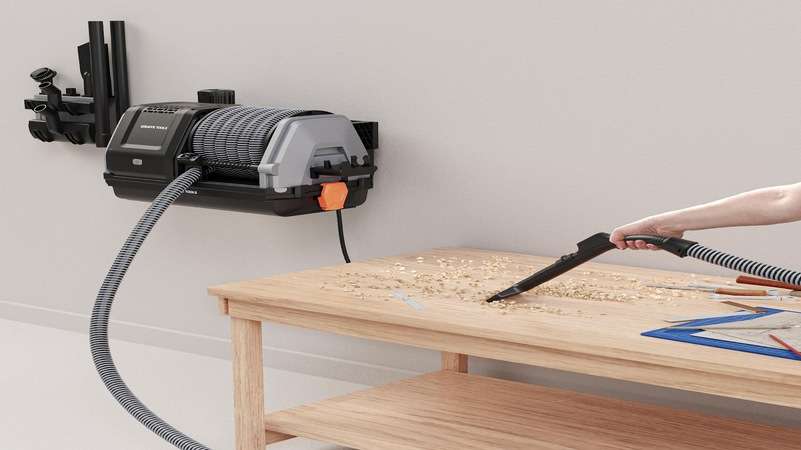Many people think that blinds and shades are the same things, when it, in fact, isn’t true. Both of these are necessary elements in a home, but they most definitely aren’t the same.
The difference between blinds and shades comes from the material of their making. Blinds are made of hard materials such as metal, wood or a composite, whereas shades have fabric. One can also use some hard fabrics to make blinds. In Australia, people looking for custom blinds can order from various online stores. One can find most of the information online with a virtual tour of the showroom.
Having established the difference between blinds and shades, the article will focus on what one must know about blinds and shades.
Before Buying
Since custom blinds are all the rage nowadays, one can also think about buying them. But before visiting a store for purchasing blinds or shades, here are some things that should be in consideration:
1. Budget
This factor is of utmost importance while buying any kind of home decor. One ought to consider whether they want to decorate one window or their entire house. If it is the latter, consider spending more on windows that need it and hold back on those that don’t. The prices of window treatments differ according to size, which means that bigger ones can be hard on your purse.
2. Maintenance
There is no specific reason to regularly clean blinds, but they gather quite a bit of dust that one must remove once in a while. This depends heavily on the area the person lives in, so the frequency of cleaning is up to their need and preference. Since shades come in fabrics, they can be tougher to clean. In such a case, one can vacuum instead of scrubbing them.
3. Safety
There are some obvious safety concerns when it comes to shades and blinds since they come with cords, most of the time. In fact, baby-proofers everywhere list the cords from blinds and/or shades as possible baby injury causes. This concern is not only limited to babies but kids in general. So, go in for the cordless option if there are children in the house.
4. Privacy and Lighting
Whether a room should be airy and bright or all closed and cosy is entirely the discretion of its inhabitants. Blinds usually keep the sun, i.e., the light, out, whereas shades come in many types that both allow and restrict the path of light. The latter, however, is not as useful as the former, in keeping the light out. Opening the blinds when light is required would not be that big an effort, making blinds the better option.
5. Personal Style
Should the room be casual or the opposite? Bold colours can be dramatic, and a whole lot of fun. Light colours might be suitable in more formal settings as they will add a groundedness to the room. One should go for whichever type of window treatment that they think will fit their style the best.
6. Types of Blinds and Shades
The most common types of blinds are wooden blinds and insulating blinds. Shades come in more styles, such as woven wood, tight weaves, honeycomb, blackout, roman shades, and solar. Getting in touch with a window treatment specialist will help navigate these types to find the most suitable one. Australia is most certainly not blind to beauty (pun intended)!
















